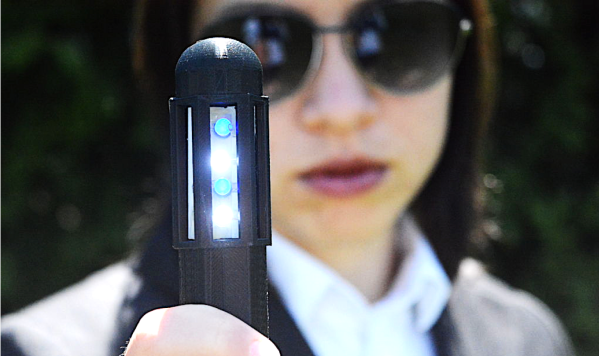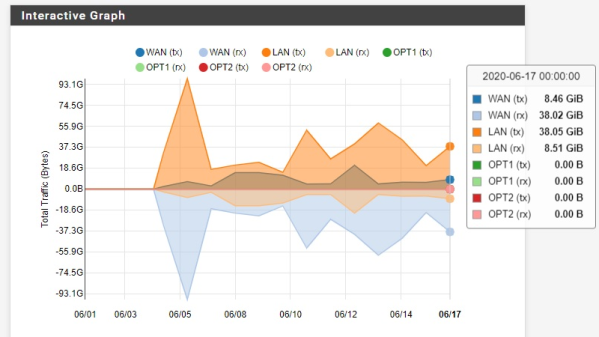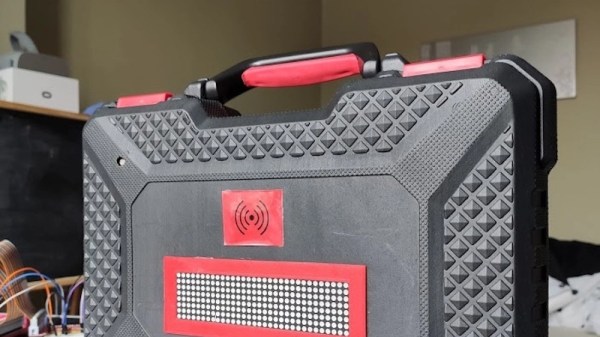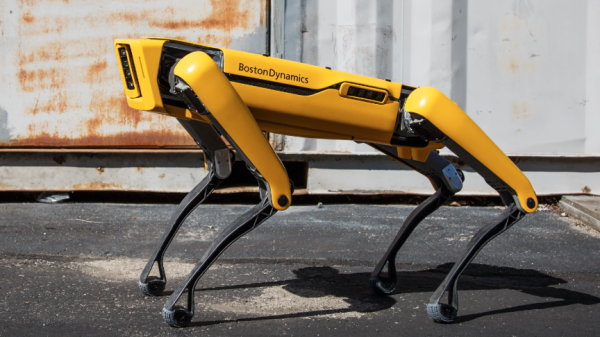With Editor-in-Chief Mike Szczys on a well-earned vacation, Staff Writer Dan Maloney sits in with Managing Editor Elliot Williams to run us through the week’s most amazing hacks and answer your burning questions. What do you do when you can’t hit a golf ball to save your life? Build a better club, of course, preferably one that does the thinking for you. Why would you overclock a graphing calculator? Why wouldn’t you! Will an origami boat actually float? If you use the right material, it just might. And what’s the fastest way to the hearts of millions of kids? With a Super Soaker and a side-trip through NASA.
Take a look at the links below if you want to follow along, and as always, tell us what you think about this episode in the comments!
Take a look at the links below if you want to follow along, and as always, tell us what you think about this episode in the comments!
Direct download (60 MB or so.)



















